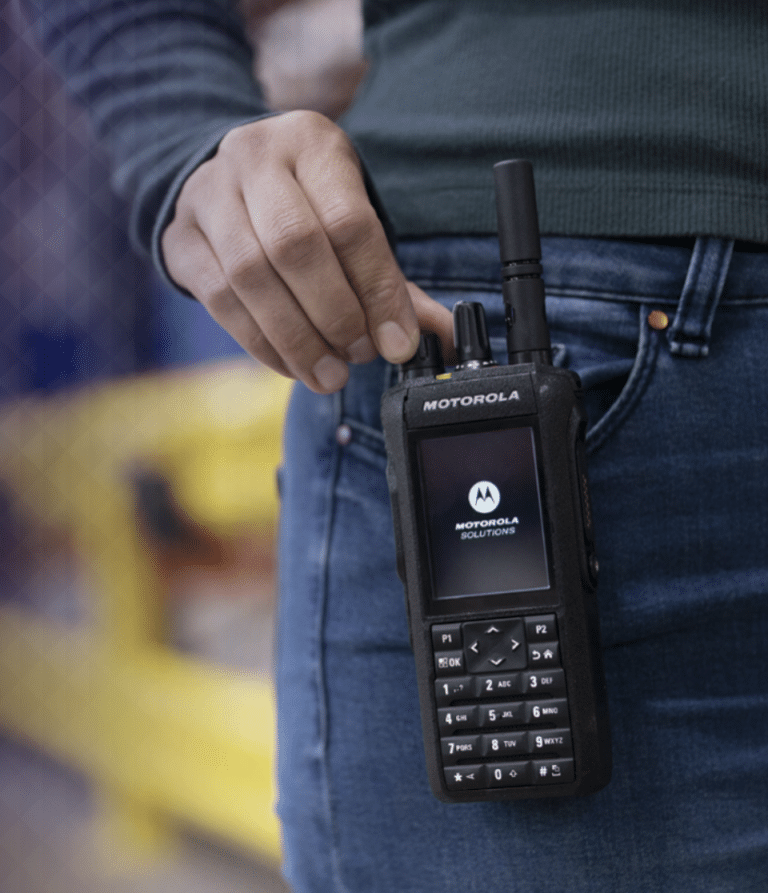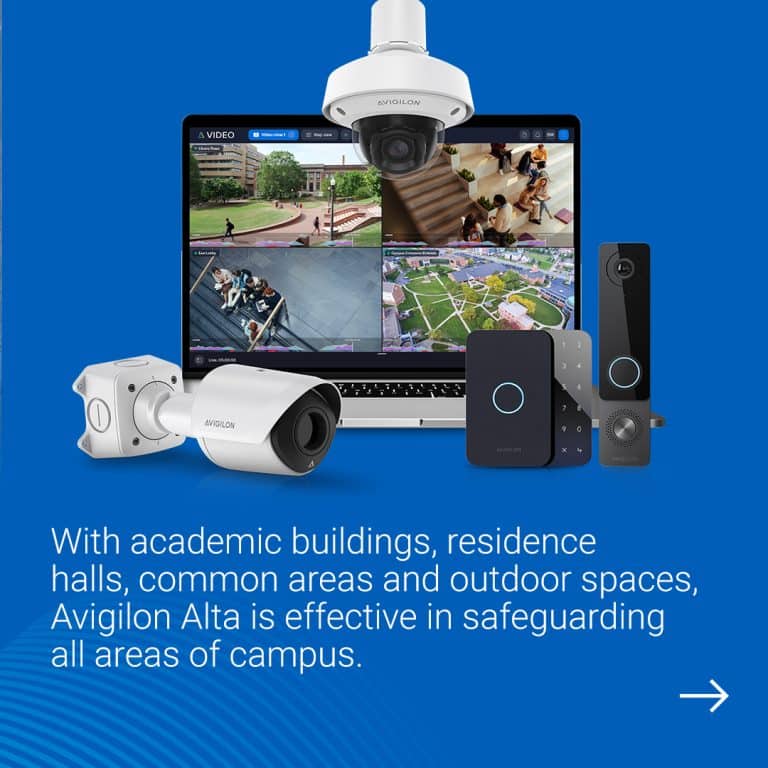Between the popularity of e-commerce shopping and drastic supply shortages, warehouses and distribution centers face a myriad of new challenges in addition to longstanding customer demands for faster shipping and 100% order accuracy. With over 2 billion online shoppers in the US alone expecting the same dependable fast service from brands, warehouse operations cannot afford inefficiency. As a matter of fact, researchers estimate that one hour of downtime alone can drain $10,000 out of a 750K sq. foot warehouse.
Because labor, storage, and order fulfillment expenses compose most of a warehouse’s core costs, optimizing these three factors is key to preventing skyrocketing budgets and stalled productivity. Common signs indicating a need for upgrades include:
1. Recurrent employee overtime – While a few cases of overtime are normal during peak seasons, recurrent events often indicate workers are struggling to maintain current fulfillment rates. Outdated devices are popular underlying culprits since they can take a while to load and often have slower processing speeds. On the other hand, complex technologies take more time to learn, thus also slowing down operations and leading to more costly overtime.
2. Surprise out-of-stocks/product shrinkage – Not too long ago, product shrinkage cost American businesses over $60 billion in lost inventory. That number grows when out-of-stocks and missed sales are taken into consideration. Without clear inventory visibility and up to date product counts, warehouses cannot successfully gauge shrinkage rates.
3. Bottlenecks at the receiving dock – Lastly, the longer inventory takes to move from receiving docks to storage, the more likely it is to get misplaced. Illegible labels, underperforming printers, and manual data entry can all contribute to slower inbound operations, exacerbating future costs.
Operations experiencing any of the three issues below can boost profitability and meet customer demands through one step: Upgraded Automation.
Over three-fourths of warehouses plan to empower staff with automated solutions. Here’s why:
Automated solutions such as intelligent data capture, mobile printing, and versatile computing target the three core costs of warehousing by:
● Streamlining multiple workflows through one easy-to-adopt platform – Next-generation devices like Zebra’s MC9300 mobile computer combines intelligent scanning and faster computing to facilitate data sharing on one secured device. Handheld computers can also support push-to-talk capabilities similar to Zebra’s Workforce Connect, eliminating the need for other communication devices.
● Enabling real-time inventory visibility for greater control – Establishing up to 99.9% inventory accuracy, tracking systems leveraging RFID technology provide real-time insight to product location, quantity, and even movement. Real-time inventory updates can be used to monitor high-demand products, replenish proactively, and predict new demands based on past shipping patterns.
● Automating data processing and sharing through secured networks – By eliminating repetitive tasks such as manual data entry, workers have more time to spend on pressing tasks while reducing likelihood of manual data entry errors. Long-range omnidirectional scanning takes this a step farther by capturing even the most problematic barcodes in one trigger pull. Faster processing later enables smoother workflows with less bottlenecks.
To learn how you can start upgrading your warehouse technologies, contact Commenco for a full workflow evaluation and create a targeted yet scalable optimization plan that lowers TCO while maximizing productivity.






